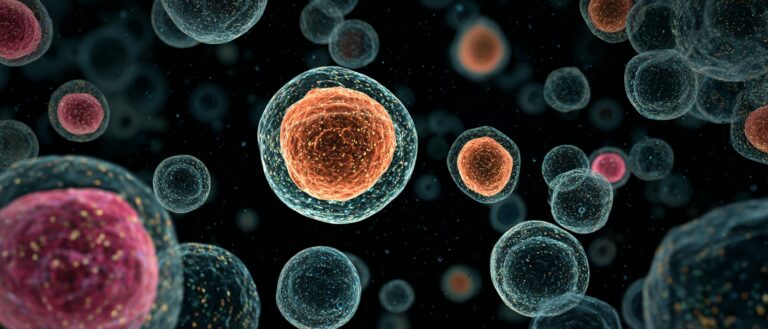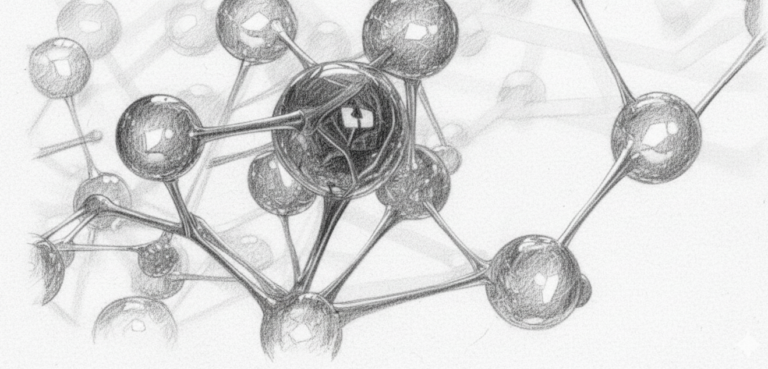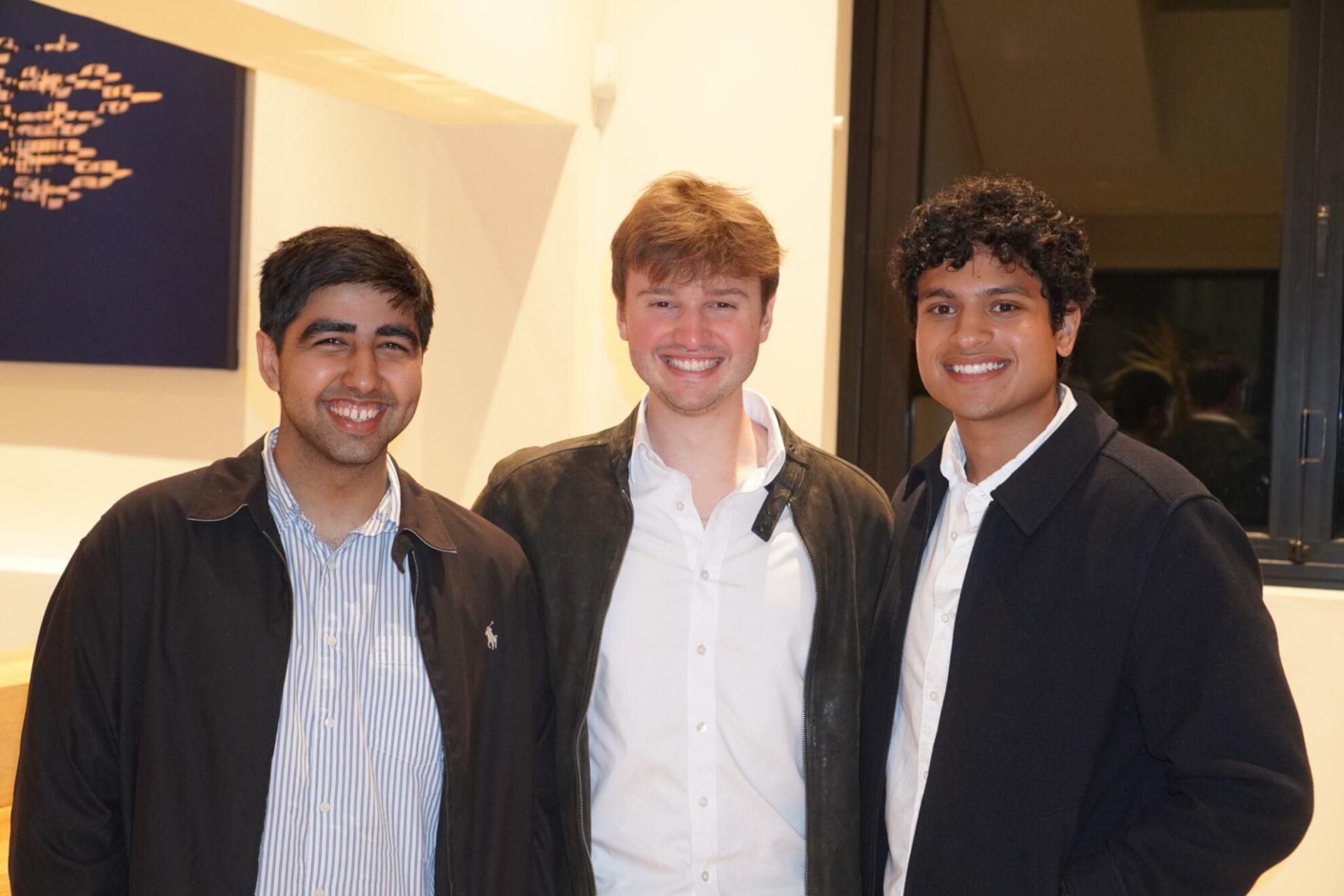Preventing Cheating in the College Entrance Examination, Invigilators in Ancient and Modern Times Have Been Worried About It

From ancient times to the present, wherever there are exams, there is cheating. The cheating methods are varied, and all kinds of demons and monsters have their own unique tricks. Despite legal constraints and layers of security checks, it is still difficult to prevent cheaters from slipping through the net. In recent years, the use of computer vision, neural network and other technologies can more accurately capture cheating behaviors, making the examination room more fair.
Before we know it, it is the college entrance examination season again. Tomorrow, the national college entrance examination will kick off, and tens of millions of candidates will face a great test.
Although there are always flaws in the college entrance examination, it is still a relatively fair game for most people. However, it is not easy to maintain complete fairness in the examination.
This year is another big year for the college entrance examination. The number of applicants has increased for the first time since 2009.More than 10 millionFacing a huge group of examinees, the reasonable deployment of each link is crucial, among which,Doing a good job of preventing cheating will be an important part.

Because of the importance of the selection exam, there are always some people who are willing to take the risk of breaking the law and have evil thoughts. Therefore, the stubborn disease of cheating has been a headache for examiners since ancient times, but it is still difficult to eradicate.
The battle of wits and courage between cheating and anti-cheating
Since the establishment of the imperial examination in the Sui Dynasty, cheating has emerged quickly, and various cheating methods have also appeared. In the Ming and Qing Dynasties, the number of cheating methods has reached its peak.
Looking at the cheating methods in the imperial examination, they can be roughly divided into three categories:Bringing in materials, soliciting for help and taking exams on behalf of others.

Cheating is what we call cheating today; while soliciting and taking the exam on behalf of others means bribing the examiner to leak the exam questions, easing the test paper when marking, or paying a large sum of money to hire a ghostwriter to take the exam for you.
Smuggling is the most common way to cheat. In addition to clothing, there are also very small books.

During the Qianlong period, a more sophisticated method was born:Rice carving:Candidates carved words on rice grains and brought them into the examination room.
In order to combat cheating, the ancient imperial courts also tried their best to counter cheating.
Since the Tang Dynasty, there has been strict discipline in the imperial examinations.The system of anonymous examinations and transcriptionAccording to the History of Jin, in order to prevent cheating, candidates would be searched thoroughly before the exam, with their hair and clothes removed and ears and noses searched.

In order to severely punish the malpractice of smuggling, Emperor Qianlong ordered the commander of the infantry army and the imperial censors of the five cities to conduct a thorough search. However, not long after the strict rectification, a new trend of cheating emerged.
The 1,300-year-long imperial examination system was finally abolished in 1905, but cheating in exams has continued to this day, and the methods have become more and more "sophisticated."
The 2017 Thai film "Bad Genius" contains a large-scale cheating scene similar to a spy war. It is based on the 2014 sensation SAT cheating in AsiaThe adaptation is astonishing.
Nowadays, high technology is also used to cheat, such asHidden earphones, glasses with tiny cameras, wireless communication devices to receive answers...

In order to prevent cheating, the law has become more stringent, and more and more anti-cheating measures have been taken. Especially in the past two years, artificial intelligence technology has also joined the anti-cheating camp and started to "uphold justice" in the examination room.
Artificial Intelligence as Proctor
ATA (America Online), which started with DST (dynamic simulation technique), usesArtificial Intelligence and Big Data Technologies, help maintain discipline in the examination room.
They analyze candidates' movements through tens of thousands of exam room videos throughout history to detect abnormal behavior.

In addition, with the help ofComputer vision perception technology based on deep learning algorithmsTheir solution covers the full perception front end, computing brain, and display and analysis back end of examination room video surveillance, and establishes an AI perception and analysis system for smart examination rooms.
The system uses deep learning algorithms and other technologies to achieve real-time tracking and analyze abnormal behavior in the examination room.Skeletal behavior analysis of candidates' movements, provide reminders and report violations.
Once you findLarge movements, using mobile phones, leaving seatsThe system will issuewarnThe corresponding video will also be uploaded to the cloud asElectronic evidence.

In addition, ATA also uses intelligent modeling of the examination room.Scene semantic recognition technology, perform semantic segmentation on the examination room seats and automatically draw a two-dimensional plan of the examination room.
The two-dimensional floor plan corresponds to the actual scene one by one, showing the candidates' seating and vacating situations, as well as the entire examination room in real time.Behavior Heat Map, which makes it easier for teachers to grasp the overall dynamics of the examination room. There are no more blind spots in invigilation, which reduces the burden on invigilators.
This intelligent proctoring system has been used in the 2018 CPA examination.
Neural Networks and Big Data Plagiarism Detection
In addition to monitoring and controlling cheating behavior, another way is to detect plagiarism from answer sheets.
Researchers at the University of Copenhagen in Denmark conducted a study of this kind.Written Analysis of Artificial IntelligenceTo detect cheating on homework, the project is called Ghostwriter.

They passed 10,000For high school students 130,000 copiesWe conducted text analysis on Danish written assignments and trained a detection model that can determine whether the assignment is written by the author or plagiarized with an accuracy rate of nearly 90%.
Project researcher Dr. Stephan Lorenzen said that Ghostwriter is based onMachine learning and neural network buildingIt uses a "Siamese" neural network that can analyze patterns such as grammatical errors, sentence length and structure, common phrases, etc.

The team trained the neural network with a large amount of data, mainly fromWriting styleLearn from the representation of and make judgments and comparisons.
When a student submits an assignment, the network compares it to previous assignments and gives a percentage of similarity between the writing style of the new assignment and the old one.
The scores given are weighted averaged as a factor in the calculation. In addition, factors such as submission time are taken into consideration, and a score is finally given, which is expressed as a percentage to indicate the similarity of style and whether there is any suspected cheating.
Ghostwriter can also be used in police analysis of forged documents, forensic document review, and other tasks.
Say goodbye to cheating
Cheating in exams is shameful, but there are always opportunists who want to gain benefits through shortcuts. In order to make exams more fair, the use of AI anti-cheating tools can reduce the labor costs of invigilation and effectively detect cheating.
Of course, the purpose of preventing cheating is not to show off skills. The main purpose of using technology to prevent cheating is to fundamentally eliminate cheating behavior and make candidates give up the idea of cheating.
If you use the time you spend researching cheating methods to study, you probably won't need to cheat anymore.
I wish every candidate has a fair examination environment, can fully demonstrate their level and achieve ideal results.









